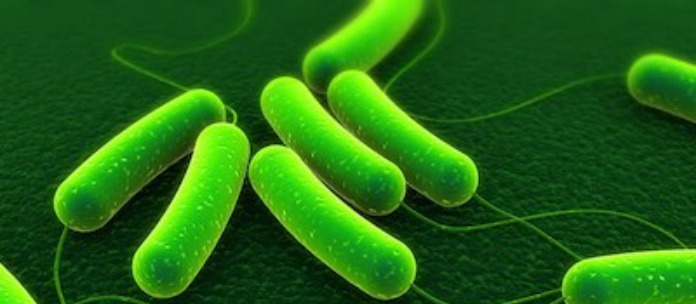The FDA has issued information about the E. coli O157:H7 outbreak linked to I.M. Healthy SoyNut Butter that has sickened at least 12 people in 5 states. Six of those patients have been hospitalized. And four people have developed hemolytic uremic syndrome (HUS), a potentially life-threatening complication of this infection.

On March 3, 2017, the SoyNut Butter Company recalled its I.M. Healthy Original Creamy SoyNut Butter with two best by dates. On March 4, 2017, they expanded the recall to include product packed in different sizes and more best by dates. But the CDC and FDA are warning consumers not to eat any I.M. Healthy SoyNut Butter products, including granola coated with the Butter, until further notice.
The outbreak case count by state is: Arizona, (4), California (4), Maryland (1), New Jersey (1), and Oregon (2). Eleven of those illnesses are in children under the age of 18. No deaths have been reported.
Illnesses started on dates ranging from January 4, 2017 to February 15, 2017. The FDA report states, “The epidemiologic evidence available to investigators at this time indicates that I.M. Healthy SoyNut Butter is a likely source of the outbreak.” Public health officials interviewed nine patients or their family members. All of them ate I.M. Healthy brand Soy Nut Butter at home or at a daycare center the week before they got sick.
The FDA and CDC had a call with the owners of the SoyNut Butter Company to advise them about this outbreak linked to their products. The investigation by officials is ongoing. Officials will report more information as it becomes available.
The report also states, “CDC recommends that consumers not eat, and childcare centers and other institutions not serve, any variety or size of I.M. Healthy brand SoyNut Butter or I.M. Healthy brand granola coated with SoyNut Butter produced by SoyNut Butter Company. The CDC also urges consumers to check their pantry for SoyNut Butter products.” If you have any of this brand’s products in your home, throw them away in a sealed container. Do not eat them.
The symptoms of a Shiga toxin-producing E. coil (STEC) infection include severe and painful stomach cramps and bloody diarrhea. A fever may be present, but it is usually less than 101°F. Many people recover on their own after this infection, but others become so ill they must be hospitalized. The multiplier for E. coli O157:H7 infections is 2.0, which is low. That means most people do go to a doctor when they get sick with this infection, usually become symptoms are so severe. E. coli O157:H7 infections are reportable conditions.
About 5 to 10% of those who contract an E. coli O157:H7 infection develop hemolytic uremic syndrome (HUS), which can destroy the kidneys and be life-threatening. The symptoms of HUS include fever, abdominal pain, lethargy, feeling vey tired, decreased urination, small bruises, bleeding, and pallor. Some people with HUS suffer permanent kidney damage, loss of the kidneys, stroke, seizures, or death. People of any age can contract E. coli infections.




